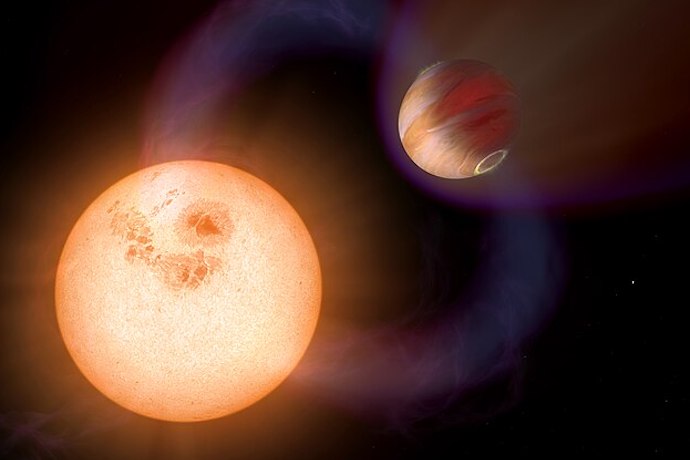Music is often described as ‘celestial’ or ‘sublime’, but how much music has taken direct inspiration from the celestial spheres? Quite a lot, as it turns out. Here are five of the best pieces of music inspired by outer space.

1. Terry Riley: Sun Rings (2002)
First in our survey of music inspired by outer space is this multimedia work written for the Kronos Quartet. It incorporates sounds recorded from space and is designed to evoke the experience of being in space. It features a combination of live music and pre-recorded audio from planetary plasma.
2. Gustav Holst: The Planets (1914-1917)
Contrary to what one might assume, Gustav Holst’s best-known work, composed between 1914 and 1917, is inspired by astrology rather than astronomy, with each movement corresponding to the astrological character of the planet it describes. Hence Mars becomes the Bringer of War, characterised by its aggressive rhythms (often read as Holst’s critique of the violence of World War I), while Jupiter is the Bringer of Jollity, known for its grandeur and uplifting themes, including the famous melody later adapted into the hymn “I Vow to Thee My Country.”
3. Kaija Sariaho: Solar (2018)
Inspired by solar phenomena, Kaija Saariaho’s 2018 work uses both traditional orchestration and electronic elements to connect listeners to the vastness of space. The performance often includes visual projections that depict solar imagery.
4. Joseph Haydn: Il Mondo Della Luna (The World on the Moon)
Joseph Haydn’s ….charming opera is centered around a would-be astrologer who convinces the father of his beloved that he has been transported to the moon. With its whimsical premise, it illustrates how the public imagination was beginning to engage with celestial themes during the Age of Enlightenment, when figures such as Isaac Newton were in the process of laying the groundwork for understanding planetary motions.
5. Sophie Katsner : Where Parallel Lines Converge (2020)
Unlike many works of music inspired by outer space, which are essentially artistic interpretations of astronomical phenomena, this one literally turns astronomical data into an auditory experience. It does this through a technique called sonification, which it uses to convert visual data from NASA’s Chandra, Hubble, and Spitzer space telescope into sound. The result, unsurprisingly, is rather unsettling, combining deep, resonant tones with higher-pitched sounds resembling celestial flutes.